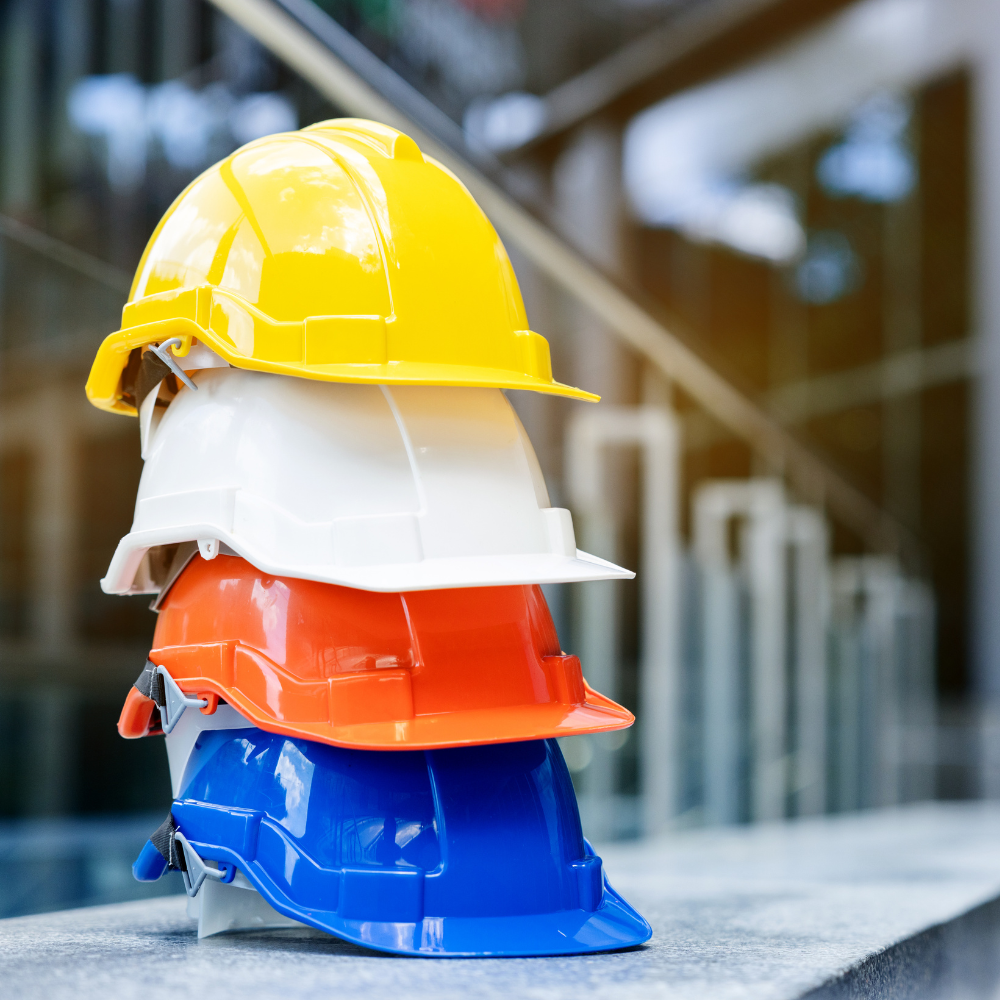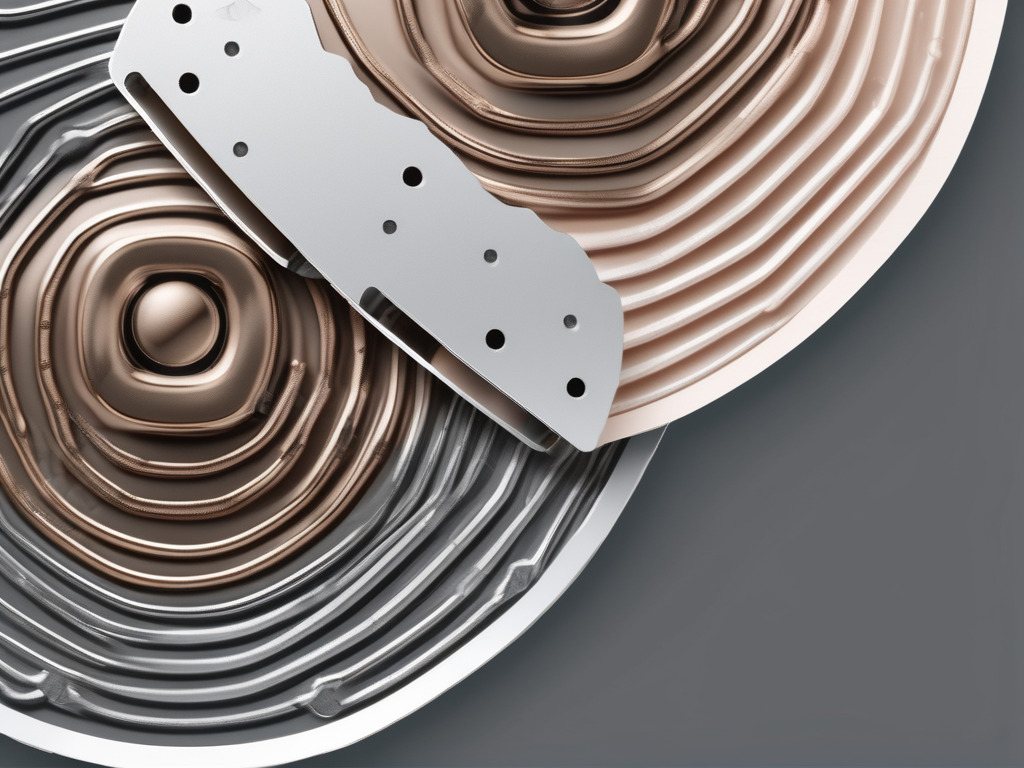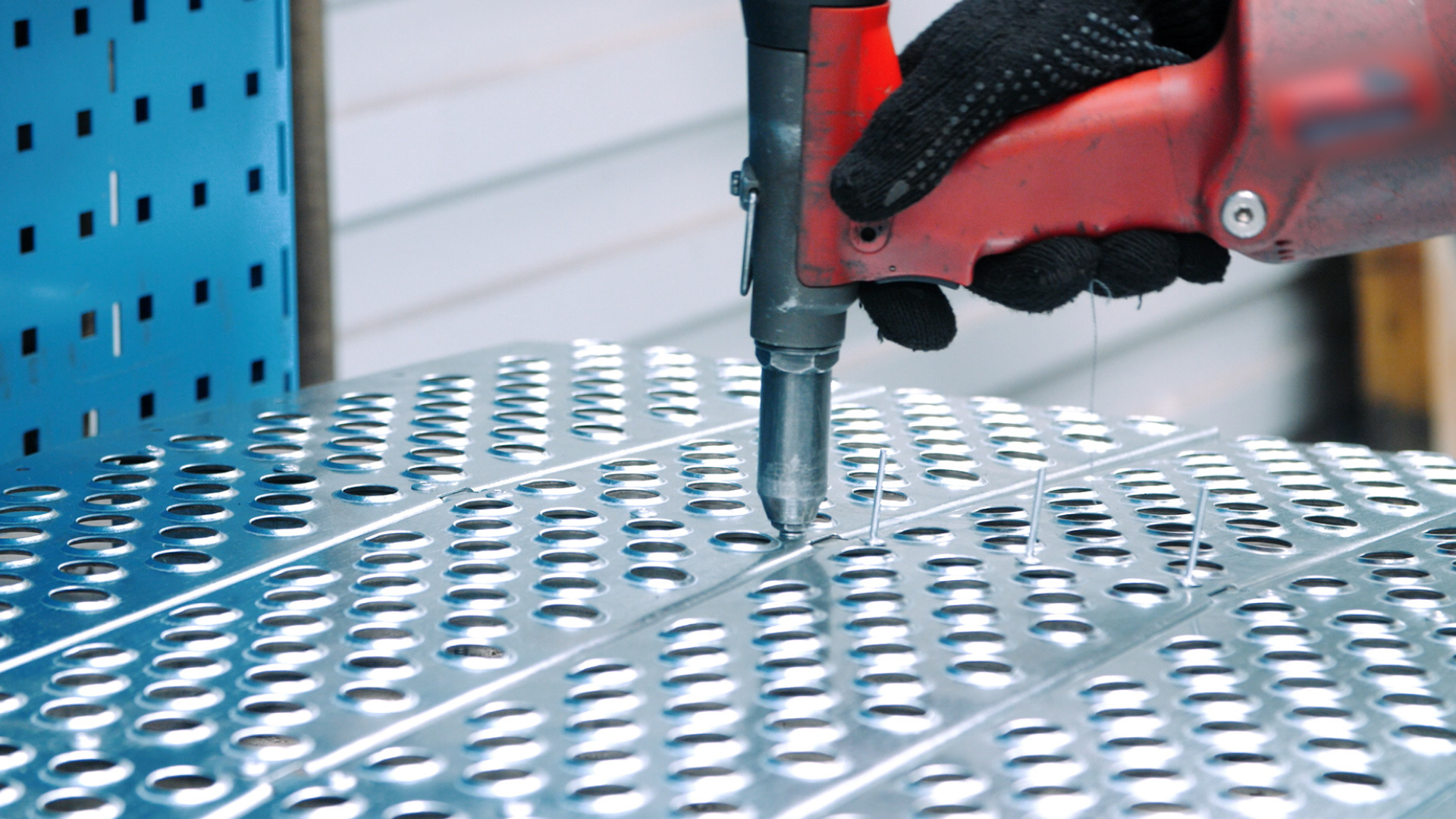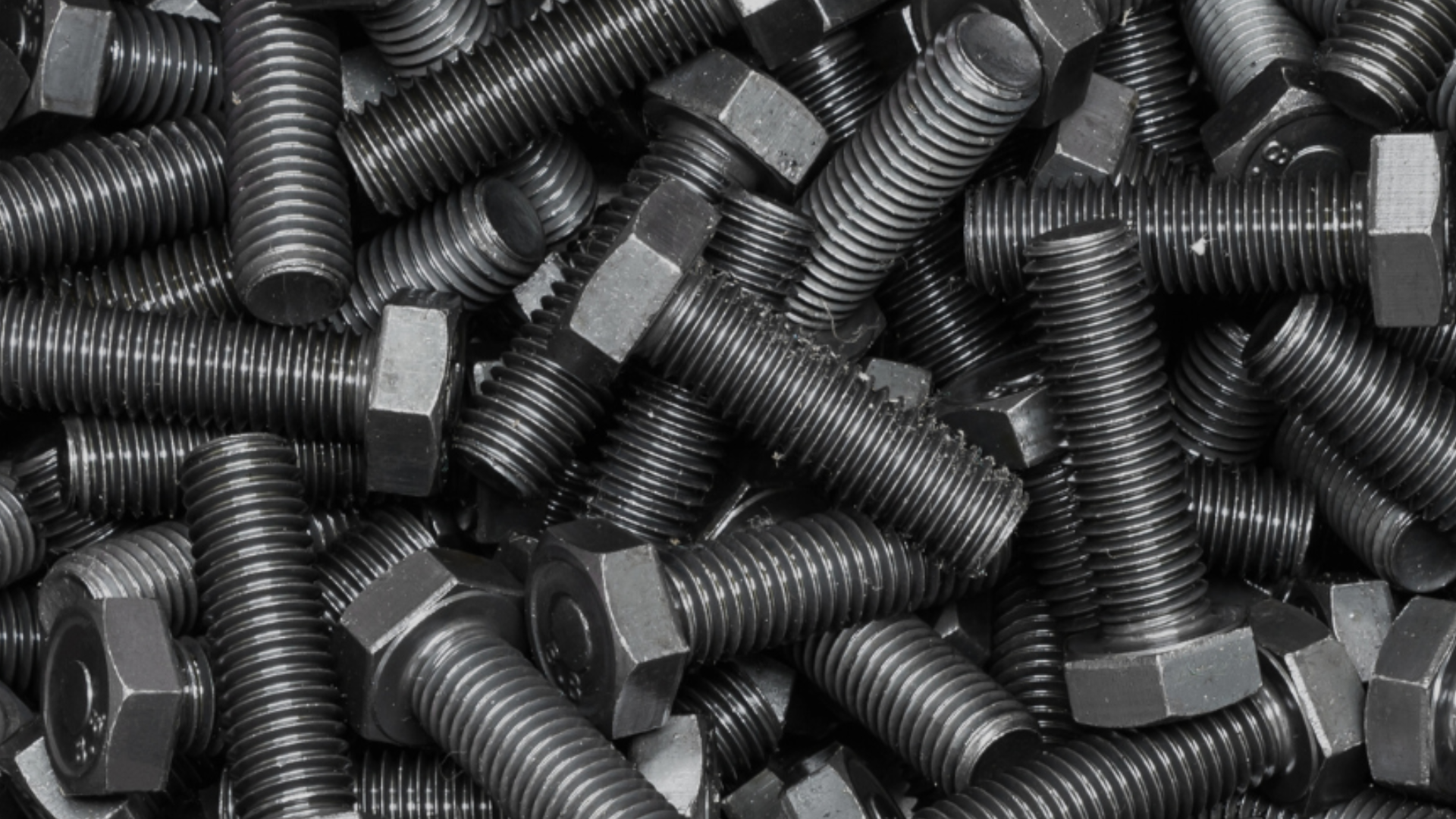Waterjet cutting is a versatile and precise method of cutting a wide range of materials that is often used in industrial and manufacturing settings. This process utilizes a high-pressure stream of water, sometimes mixed with an abrasive substance, to cut and shape materials. As with any industrial process, safety is of paramount importance when operating a waterjet cutter. This glossary article will delve into the intricacies of waterjet safety, providing a comprehensive understanding of the topic.
Understanding the principles of waterjet cutting, the potential hazards associated with its use, and the safety measures that should be taken to mitigate these risks is essential for anyone working with or around waterjet cutting equipment. This article will provide a detailed explanation of these aspects, aiming to enhance the reader’s knowledge and awareness of waterjet safety.
Table of Contents
Principles of Waterjet Cutting
Waterjet cutting is a process that uses a high-velocity jet of water, or a mixture of water and an abrasive substance, to cut through materials. The waterjet is typically pressurized to between 20,000 and 60,000 pounds per square inch (PSI). This high-pressure stream is then focused through a small nozzle to concentrate the cutting power.
The versatility of waterjet cutting lies in its ability to cut a variety of materials, including metal, glass, stone, and composites, without the need for heat. This makes it an ideal choice for materials that are sensitive to high temperatures. The process is also known for its precision, capable of producing intricate cuts with high levels of accuracy.
Waterjet Cutting Systems
There are two main types of waterjet cutting systems: pure waterjet and abrasive waterjet systems. Pure waterjet systems use only water to cut softer materials like rubber, foam, or food. Abrasive waterjet systems, on the other hand, mix water with an abrasive material, typically garnet or aluminum oxide, to cut through harder materials such as metal or stone.
Both types of systems utilize the same basic components: a high-pressure pump to generate the water pressure, a cutting table to hold the material being cut, a nozzle to focus the water stream, and a control system to guide the nozzle’s movement. The key difference lies in the addition of an abrasive delivery system in abrasive waterjet systems.
Potential Hazards of Waterjet Cutting
While waterjet cutting is a valuable tool in many industries, it is not without its risks. The very features that make waterjet cutting so effective also present potential hazards. These include the high-pressure water stream, the noise generated by the equipment, and the potential for material kickback.
The high-pressure water stream can cause serious injury if it comes into contact with the skin. Even a brief exposure can result in a deep, severe cut. Additionally, if the waterjet stream hits a hard surface, it can ricochet and strike the operator or bystanders. The noise generated by the equipment can also cause hearing damage over time, especially without proper hearing protection. Finally, material kickback, where the material being cut moves or is ejected from the cutting table, can result in injury.
High-Pressure Water Stream
The high-pressure water stream is the most obvious hazard associated with waterjet cutting. The waterjet stream can cut through steel and other hard materials, so it can easily cut through human flesh. Even a brief contact with the waterjet stream can result in a severe, potentially life-threatening injury.
Moreover, the waterjet stream can cause injuries even without direct contact. If the waterjet stream strikes a hard surface, it can deflect and strike the operator or bystanders. This is known as a ricochet hazard. Even the mist generated by the waterjet cutting process can contain tiny particles of the material being cut, which can be harmful if inhaled or if they come into contact with the skin or eyes.
Noise and Vibration
Waterjet cutting machines generate significant noise and vibration. The high-pressure pump and the cutting process itself both contribute to this noise. Prolonged exposure to high levels of noise can result in hearing loss. Moreover, the vibration caused by the equipment can lead to repetitive strain injuries or other physical discomfort.
It’s important to note that the level of noise and vibration can vary depending on the specific equipment and the material being cut. For example, cutting harder materials or using a higher pressure can result in more noise and vibration. Therefore, operators should be aware of these factors and take appropriate measures to protect themselves.
Safety Measures for Waterjet Cutting
Given the potential hazards associated with waterjet cutting, it’s essential to take appropriate safety measures. These can be divided into two main categories: personal protective equipment (PPE) and safe operating procedures.
Personal protective equipment for waterjet cutting includes safety glasses to protect the eyes from flying debris and ear protection to guard against noise. Gloves and protective clothing can also help protect the skin from contact with the high-pressure water stream and from the mist generated during the cutting process. Safe operating procedures, on the other hand, involve proper machine operation, maintenance, and emergency procedures.
Personal Protective Equipment (PPE)
Personal protective equipment is a crucial aspect of waterjet safety. Safety glasses should be worn at all times when operating or working near a waterjet cutter to protect the eyes from flying debris. Depending on the noise level, ear protection such as earplugs or earmuffs may also be necessary.
Protective clothing, including gloves, long sleeves, and safety shoes, can help protect the skin from contact with the high-pressure water stream and from the mist generated during the cutting process. It’s important to note that regular clothing is not sufficient protection against the high-pressure water stream. Special water-resistant clothing and gloves are needed to provide adequate protection.
Safe Operating Procedures
Safe operating procedures involve proper machine operation, maintenance, and emergency procedures. Operators should be trained in the correct operation of the waterjet cutter, including setting the correct pressure, positioning the material, and controlling the movement of the nozzle. Regular maintenance of the equipment is also crucial to ensure its safe operation. This includes checking for leaks, inspecting the cutting head and nozzle for damage, and ensuring the high-pressure pump is in good working order.
In case of an emergency, operators should know how to quickly shut down the machine and how to administer first aid. Emergency procedures should also include evacuation plans in case of a major incident, such as a fire or a major equipment failure.
Conclusion
Waterjet cutting is a versatile and precise method of cutting a wide range of materials. However, like any industrial process, it carries potential hazards. Understanding these hazards and the appropriate safety measures is crucial for anyone working with or around waterjet cutting equipment.
By adhering to safety guidelines and using the correct personal protective equipment, operators can minimize the risks associated with waterjet cutting. Regular training and maintenance are also key to ensuring a safe working environment. With the right knowledge and precautions, waterjet cutting can be a safe and effective tool in many industries.



